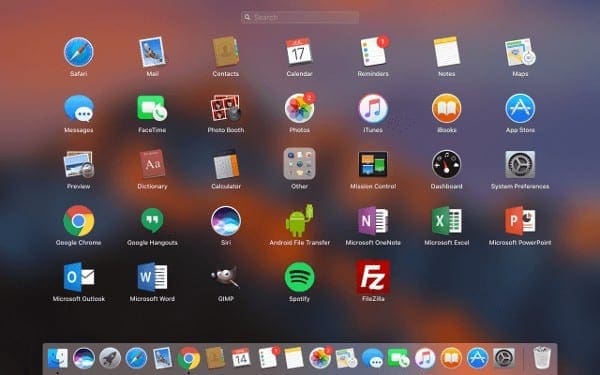

#Os x fuse sshfs mac#
When one wants to use SSHFS on the Mac using a graphical interface install: To add it do /etc/fstab fuse defaults,idmap=user 0 0 You can unmount the file system by using: This is a cosmetic problem, all actions done on the remote machine are done with the rights of the user you used in. Group IDs and other user IDs will not be mapped or mapped to IDs from the local system and thus have no real meaning. It appears to be owned by the local user, but on the remote system it is owned by the remote user. Files on the remote system that are from the user username, appear to be from the user that you are logged in as on the local system. The -o idmap=user will map your local user name to the user name used in the mount part. Installation of sshfs on GNU/linux is distribution dependent. For a good description and a script see the following pages:

For now that is beyond the scope of this document.
#Os x fuse sshfs install#
Meaning that in every home directory one should install the binaries needed for a chrooted-jail. Of course this is not entirely true, there is a way to limit your user access by using a chroot-jail, however the downside is that the users home directory setting in /etc/passwd or LDAP must be changed to a path for the chrooted home. Of course it is best to mount on a remote system only the part(s) that is really meaningful, like /home/, however there is nothing preventing the user from mounting / on their system. Users that are able to log in to your server have locally the same rights as they have over the SSHFS link. The sftp-server subsystem "exports" the entire root to the network. Subsystem sftp /usr/libexec/openssh/sftp-server -R If you want to provide everything in read-only mode, you can add the -R option like this: Most of the time this is all there is to it. Subsystem sftp /usr/libexec/openssh/sftp-server To enable the SFTP server in SSH add the following line to your /etc/ssh/sshd_config file: The sftp-server component of the OpenSSH project is not meant to be used as a standalone SFTP server, but needs to be called from the sshd server, like a plugin. Like CIFS it is FTP over a single port (22), but with SSHFS you have the additional benefit of a secure (encrypted) link between you and the server. © 2012 Dennis Leeuw dleeuw at made-it dot comĪn SSHFS server is actualy and SFTP server. Accessing your data safely from around the globe


 0 kommentar(er)
0 kommentar(er)
